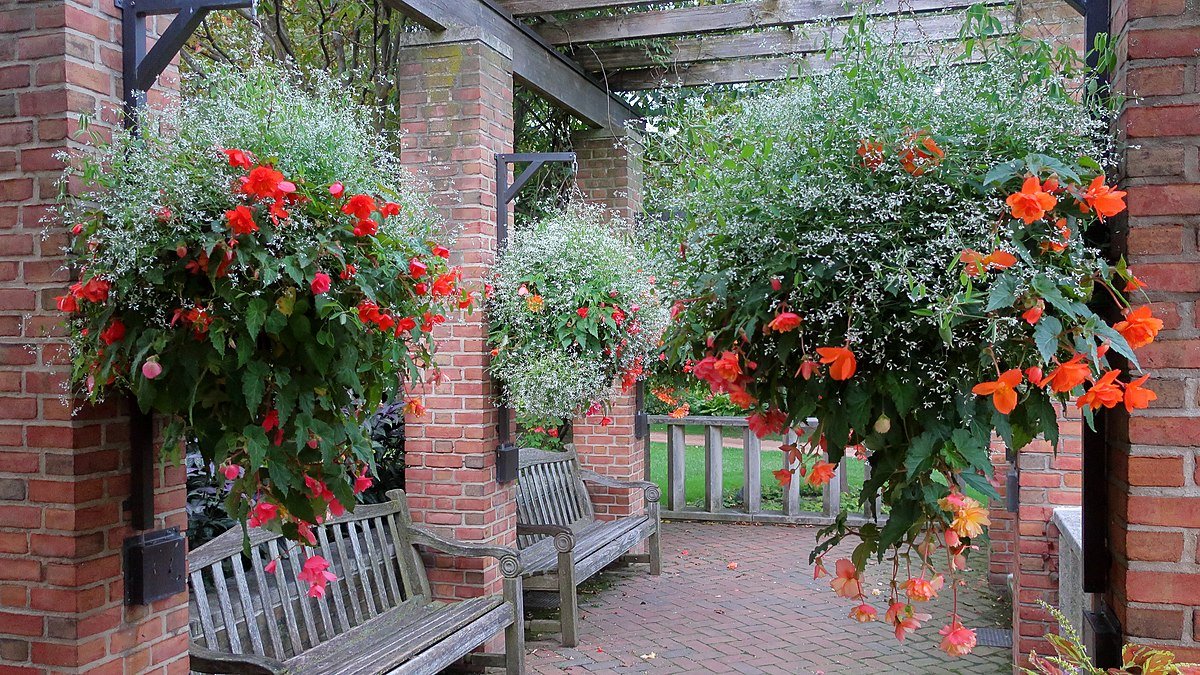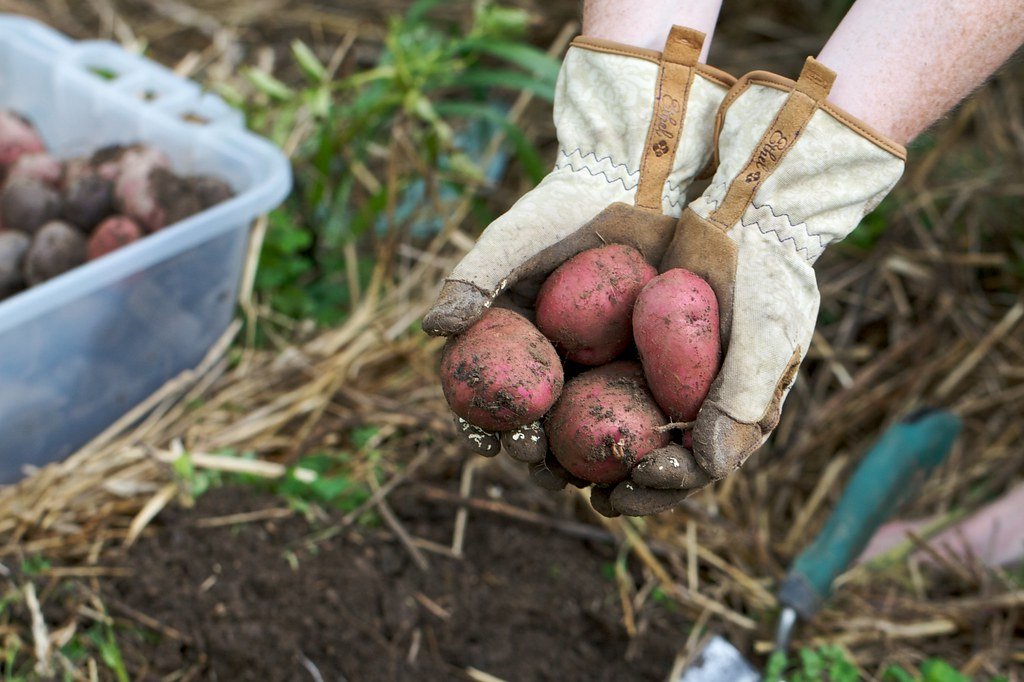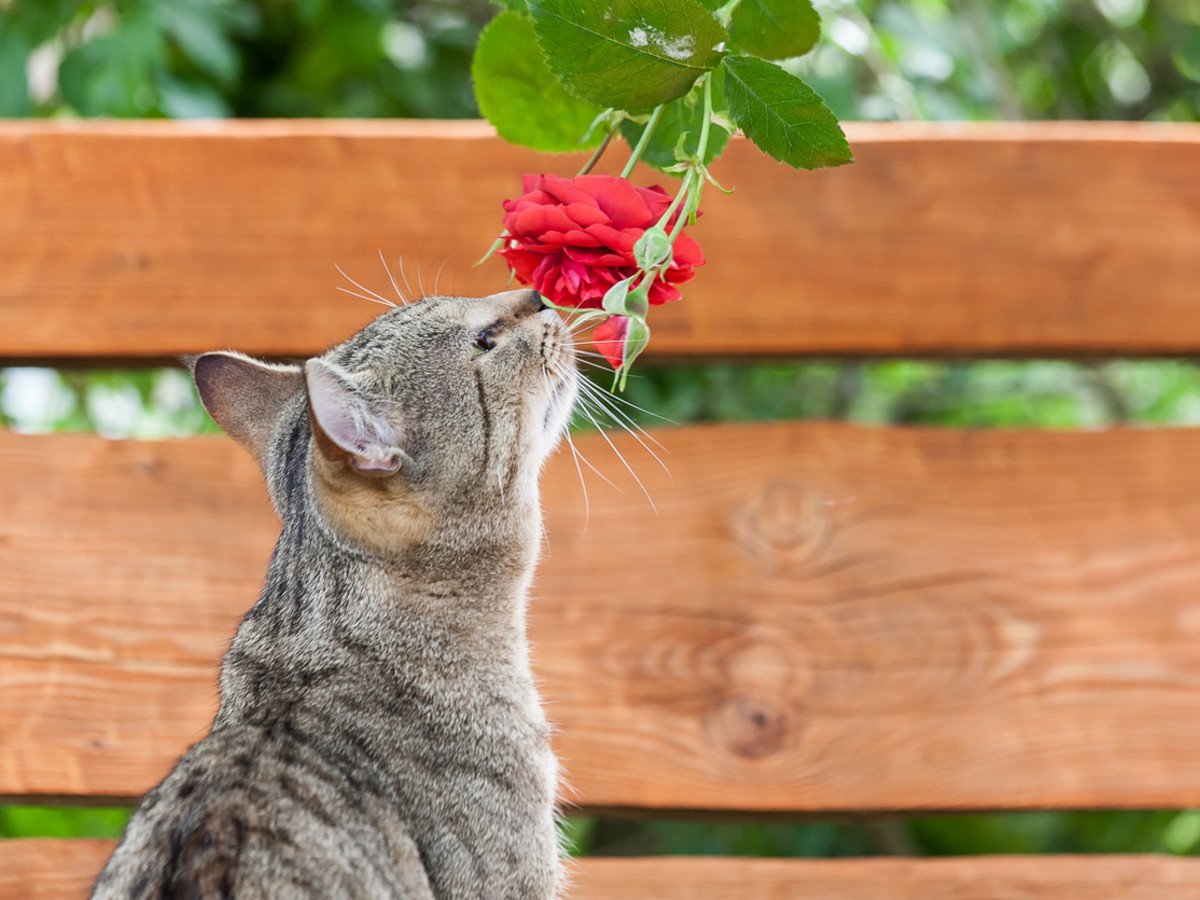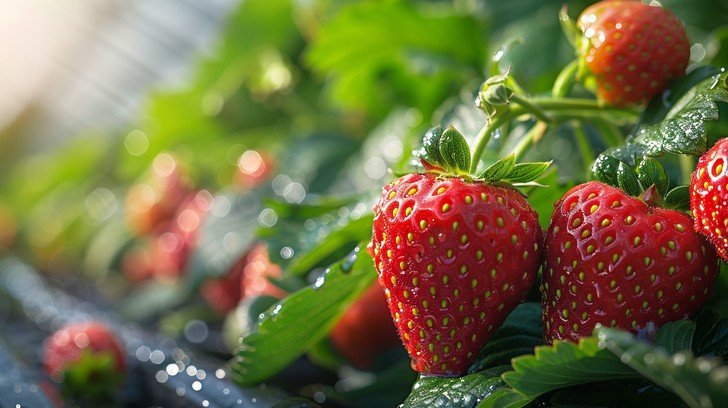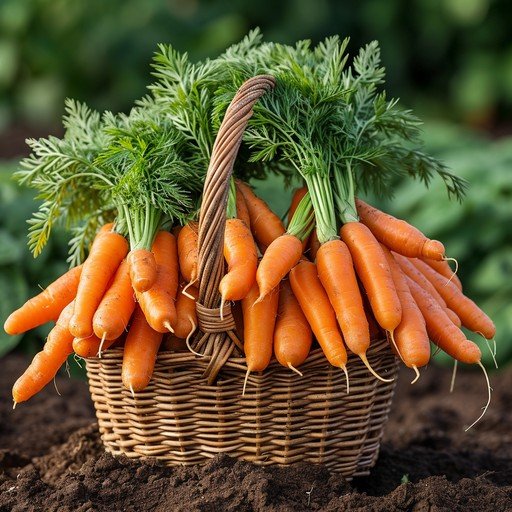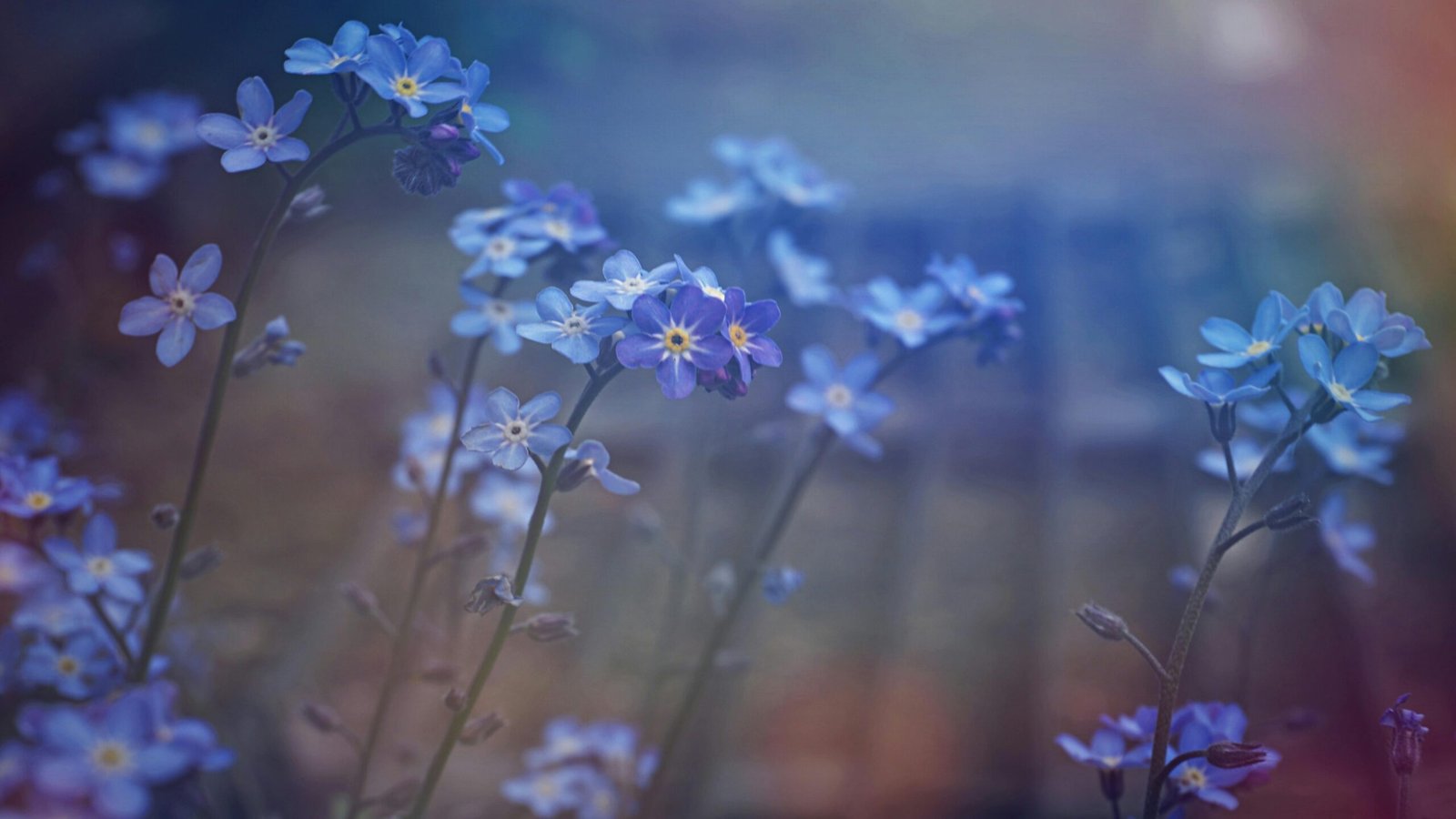The Treasured Houseplant: A Complete Guide to Jade Plant Care
Welcome to Garden KT! Among the vast world of houseplants, few possess the enduring popularity and symbolic significance of the Jade Plant, scientifically known as Crassula ovata. Often called the “Money Plant” or “Friendship Tree,” this South African succulent is treasured for its thick, woody stems, fleshy, oval-shaped leaves, and remarkable longevity. With the right conditions, a Jade Plant can easily outlive its owner, growing into a beautiful, miniature tree.
While Jades are famous for being forgiving, mastering the specific needs of this succulent is the key to maintaining its health, encouraging its distinctive tree-like structure, and potentially coaxing it to produce its attractive small white or pink flowers. Its desert origins mean that jade plant care primarily revolves around sunlight and extremely cautious watering. Overwatering is, without a doubt, the single greatest threat to this otherwise resilient houseplant.
This comprehensive guide is your definitive resource for expert jade plant care. We will walk you through its essential requirements, from finding the perfect sunny windowsill to understanding its seasonal dormancy, along with detailed instructions on pruning, propagation, and troubleshooting common issues. By adhering to these simple, well-defined principles, you can ensure your Jade Plant grows into a magnificent, revered specimen for decades to come.
Understanding the Jade Plant: A Succulent by Nature
To provide the best jade plant care, it is vital to understand its botanical classification. The Jade Plant is a succulent, meaning its leaves, stems, and roots are all adapted to store water for long periods. This water storage capacity is the defining factor in its care routine.
The Jade Plant’s Structure
- Water Storage: The thick, fleshy leaves and plump stems are reservoirs. When the plant is properly hydrated, the leaves are firm and slightly inflated. When it needs water, the leaves will soften and begin to shrivel slightly.
- Slow Growth: Jade Plants are slow growers, which contributes to their longevity. Their slow, controlled growth means they seldom need repotting, but it also means it takes time for them to recover from severe overwatering or damage.
- Symbolism: Culturally, the Jade Plant is often associated with good luck, prosperity, and financial success, making it a popular gift for housewarmings and business openings.
Toxicity Warning
It is important to note that the Jade Plant is mildly toxic to pets (dogs and cats) and humans if ingested. Keep it placed out of reach, as consumption can lead to stomach upset and, in the case of pets, more severe symptoms.
Essential Jade Plant Care Requirements
Successfully cultivating a Jade Plant relies on a few core environmental factors, all rooted in its desert heritage: maximum light, minimal water, and well-draining soil.
1. Light: The Most Critical Factor
The Jade Plant is not a low-light houseplant; it is a sun-loving succulent. Providing insufficient light will result in a weak, leggy plant that is more susceptible to disease.
- Optimal Light: Bright direct sunlight is best. Place your Jade Plant in the sunniest spot you have, such as a south-facing or west-facing window.
- Reading the Leaves:
- Red or Yellow Tinge: If the edges of the leaves turn reddish or yellow, this is a sign of healthy sun stress. It is not harmful and actually increases the plant’s visual appeal.
- Etiolation (Legginess): If the plant stretches toward the light, the stems become thin and weak, and the spacing between the leaf pairs (the nodes) increases, the plant is not receiving enough light. This condition, called etiolation, weakens the plant’s structure.
- Avoid Sudden Changes: If you move your Jade Plant from a shadier spot to intense, direct sun, do so gradually over several weeks to prevent leaf scorch.
2. Watering: The Biggest Challenge
The single greatest mistake in jade plant care is overwatering. More Jade Plants are killed by excessive watering than by any other cause.
- The Golden Rule: Water only when the soil is completely dry. To check, stick your finger 2 inches deep, or use a moisture meter. Wait until the soil is dry, and then wait another day or two for good measure.
- Reading the Plant: The plant will tell you when it is thirsty. The normally plump, firm leaves will start to feel slightly soft, pliable, or look mildly shriveled. This is the perfect time to water.
- How to Water: When you do water, water thoroughly until the water flows out of the drainage holes. Discard any excess water collected in the saucer immediately. Never let the pot sit in standing water.
- Seasonal Adjustment: During the cooler, lower-light winter months, the plant enters a period of semi-dormancy. Reduce watering drastically—often watering only once a month or less—as the plant is not actively growing and the soil will remain damp for much longer.
3. Soil and Drainage
Because the Jade Plant’s roots are susceptible to rot, the soil mix and container choice must prioritize rapid drainage.
- Soil Mix: Use a specialized cactus and succulent potting mix. This soil is formulated with sand, perlite, or pumice to prevent compaction and ensure maximum aeration. If you use standard potting soil, mix it with an equal part of perlite or coarse sand to create the necessary drainage.
- Container: A pot with a drainage hole is absolutely essential for successful jade plant care. Many growers prefer clay or terracotta pots, as the porous material helps wick away excess moisture from the soil, further reducing the risk of root rot.
Advanced Maintenance and Shaping
Once the basics are mastered, these steps will help you shape your Jade Plant into the attractive, long-lived miniature tree it is capable of becoming.
Repotting
- Frequency: Jade Plants do not need frequent repotting. In fact, keeping them slightly root-bound encourages better growth and stability. Repotting is usually only necessary every two to four years.
- Timing: Repot in the spring or early summer, using a pot only one size larger than the current one. Use fresh, well-draining succulent mix.
- Post-Repotting: Do not water immediately after repotting. Wait at least a week to allow the roots to settle and any accidental damage to the roots to callous over, which prevents root rot.
Pruning and Shaping
Pruning is essential for creating the classic “tree-like” form of the Jade Plant. It encourages branching, which leads to a fuller, bushier plant.
- When to Prune: The best time for pruning is during the active growing season (spring and summer).
- How to Prune: Use clean, sharp shears or your fingers to pinch off the very tip of a stem, just above a leaf node. Pruning off the new growth tip will encourage the plant to sprout two new branches from the node below the cut, resulting in a denser canopy.
- Hard Pruning: For a leggy plant, you can prune the stem back significantly. The stem will likely sprout new growth, but this process takes time. All pruned cuttings can be used for propagation.
- Internal Link Opportunity: For a visual step-by-step guide to shaping your plant, visit our Garden KT article on Succulent Pruning and Propagation Techniques.
Fertilizing
Jade Plants are not heavy feeders. They require minimal fertilizer, and too much can cause weak, unhealthy growth.
- Timing: Feed sparingly, only once every two to four months during the active growing season (spring and summer). Stop feeding completely in the fall and winter.
- Type: Use a balanced houseplant fertilizer (such as 10-10-10 or 20-20-20) diluted to half or even quarter strength, or use a liquid fertilizer formulated specifically for succulents. Apply to moist soil, never dry soil, to avoid root burn.
Propagation: The Friendship Tree
The moniker “Friendship Tree” comes from the incredible ease with which you can propagate new plants from stem or leaf cuttings. This is a rewarding part of jade plant care.
- Take a Cutting: You can use a whole leaf (removed cleanly with a slight twist) or a piece of stem a few inches long.
- Callous: This step is crucial. Allow the leaf or stem cutting to sit in a warm, dry, shaded area for 3 to 7 days. The cut end must dry out and form a protective layer (a callous) to prevent rot upon planting.
- Planting: Once the end is calloused, lay the leaf on top of the succulent potting mix or insert the stem cutting about an inch deep into the mix.
- Watering: Do not water immediately. Wait until you see tiny roots beginning to emerge (on the leaf cutting) or until the stem cutting resists a gentle tug. Only then should you begin to mist the area lightly or water very sparingly. Place in bright, indirect light until the new plant is established.
Troubleshooting Common Jade Plant Care Issues
Understanding the signs of distress is crucial for quickly correcting your jade plant care routine.
| Symptom | Cause | Solution |
| Yellowing, Mushy, or Falling Leaves | Overwatering (The most common problem and a sign of root rot). | Stop watering immediately. Allow the soil to dry out. Check roots for rot (black/mushy) and repot into dry, fresh soil if necessary. |
| Wrinkled, Shriveled, or Soft Leaves | Underwatering (The plant is using its stored water). | Water thoroughly until water drains from the bottom. The leaves should plump up within a few days. |
| Long, Pale, or Floppy Stems | Insufficient Light (Etiolation). | Move the plant to the brightest spot available. Prune leggy growth to encourage new, compact growth under better light. |
| White Spots on Leaves/Stems | Mineral Build-up from hard water (harmless) or Mealybugs (harmful). | For hard water spots, wipe leaves with a damp cloth. For mealybugs, treat immediately with rubbing alcohol on a cotton swab or insecticidal soap. |
| White, Crusty Build-up on Soil | Excess fertilizer salt or mineral deposit from tap water. | Water until it flushes freely from the drainage hole (leaching). Use filtered or distilled water if possible. |
- Outbound Link Opportunity: For more detailed information on common pests that affect succulent plants and specific treatment plans, a resource like the University of Florida’s Gardening Solutions offers excellent, region-specific guides on pest identification and control here.
The Jade Plant is the perfect companion for the mindful gardener. It asks for bright sun, and in return, it asks for very little water. By following this comprehensive guide to jade plant care—chiefly by resisting the urge to overwater—you are setting your plant on the path to becoming a stunning, tree-like specimen that will bring a classic, enduring presence to your home for many years to come.

